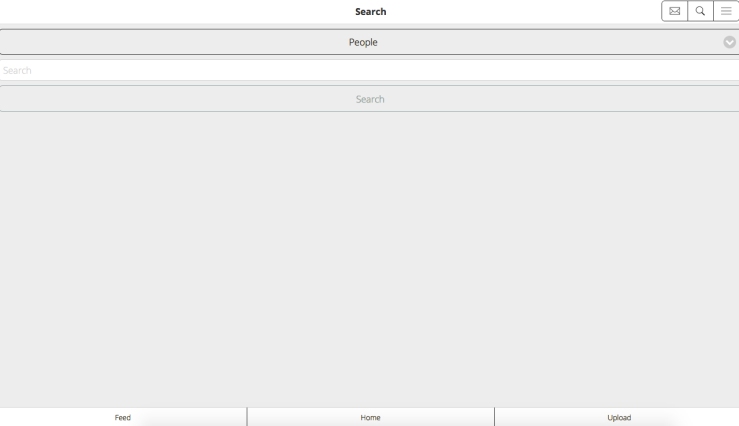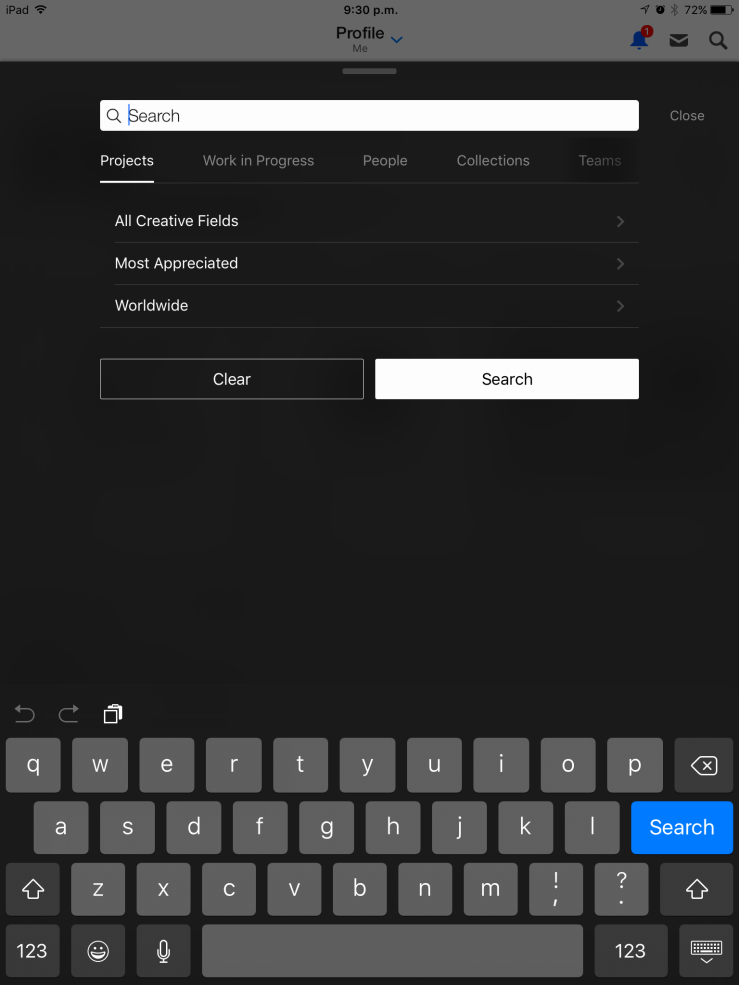In previous posts we talked about the process of designing a database for the project and about our efforts to engage users with our flick-through prototype and feedback survey. These are related exercises – the data structure needs to be arranged in a way that allows users to access the right kind of information in the right way, and to find out what information that is and what arrangement is most useful we need to ask the users.
The prototype and survey were disseminated a couple of weeks ago and the results are in! [Well at least some of the results are in the prototype is still doing the rounds.] At this point though we need to begin to analyse the feedback and work out how we can improve the users’ experience of the app.
How users search
One of the most important things for us to get from the survey was input from the users on what kind of information was most relevant to them when searching for content in the app. We asked them what kind of search term would they most likely use – a person, an event, a group, a place or an artefact. 75% of respondents said that they would search by person. This would support an earlier assumption of ours about the data structure, that the person involved was the key to finding links between stories.
In terms of data structure this means that the profiles table is still necessary as a way of collating information relating to a specific person. The id number of a profile, as well as some other relevant information like a biography and profile image, is stored in a profile table for every person who is entered into the database. The id number of a new card and the profile id of any person who is tagged in it are stored in a connections table. The feedback suggests that this relationship is still important to users. If they are most likely to search for content through a person, then we must be able to aggregate information in a profile page so that all the information that is related to that person can be displayed clearly.
How users describe their relative
Another area of questioning in the survey related to how people would want to describe their 1916 relative. This covers the question of ‘role tags’ which we had included in the prototype after conversations with relatives and lecturing staff. We included a list of possible descriptions and asked users to select the ones they felt would best describe their relative or to suggest any that were missing from the list. We found from the results that there was a relatively even distribution between tags being selected which would suggest that the question of how one defines a relative is as complex as we had anticipated. It is positive for us that many people felt that the tags we had included were appropriate, and we have recorded any suggestions for future iterations. It would seem though that this is such a complex area with such a high level of nuance, that any list we provide will not be definitive.
For this reason it is important that users can add their own tags to the database, pre-baked tags will not be sufficient.
The survey also established that a large majority of users think that it’s ‘very important’ for people to have their own profile, affirming their choice of person as the most useful search parameter. When asked what ‘core information’ they would expect to be included in a profile we found that again there was a wide distribution between options selected. From the list we provided a significant majority of respondents selected, somewhat predictably, photo, biography and date of birth/date of death. Interestingly there was also a strong response for battalion, brigade and achievements.
As with roles, it would seem that defining the type of information that should be supplied about a person is difficult. In this case however we are talking about the kind of information rather than the information itself. These terms could provide input fields to prompt the user inputting profile information for a relative to be as thorough as possible, but would not necessarily dictate the actual input. For this reason there must be more rigidity in how we define the types of information included – the input form will require a fixed structure. This means that we will need to make a decision about which fields are most pertinent, using the survey results as a guide, but we may need to revise it further following further testing.
The knock on effect for the data structure is that we need to expand our profile table to include more input columns. The structure as it stands, and as was reflected in the prototype was quite simple including only profile name, biography and photo columns. At the most basic level it would seem users want at least a date of birth/death and additional information about how the person served to be included.
How users want information to be organised
We have already discussed how users have stated a preference for information aggregated by person. However we also wanted to gauge whether other information categories would be useful means of collating content, for example having a page for places or events like a profile page where relevant tags would be added. We asked users how important they felt it was for different tag types to have a ‘profile page’. The results showed that, as expected, most users felt that profiles for people were ‘very important’, we also found however that a large number of users also felt that it was ‘very important’ for places to have a profile.
This feedback is interesting because place did not show up as a popular choice for search category. It seems that people are interested in finding content relating to a particular place but would not necessarily search for information using that place as a criterion. This poses the question of how a user would access a place profile without searching for it. The primary distinction between a profile page and a list of cards displayed by selecting a tag is that the profile also contains biographical information. It is possible that we could redesign the table for place tags to include a descriptive note about each location added, organised in much the same way as the profiles for people are. If we were to pursue this restructuring we would need to find out from users what kind of information they would want to be included as we did with the profiles for people in this survey.
“Hopefully it can be a celebration as much as a historical piece.”
Tester
The feedback we received from the survey and prototype testing were really interesting. We found that some of our conclusions about how users would interact with the app were correct while others were a bit off. It uncovered in greater depth how users think about the content they have and how they want that content to be organised. Most importantly for us it has indicated how the data structure can be tweaked to store users’ data in the most constructive way. We have a lot of material to now take on another revision of the data structure and hopefully design something that people really want to use.














